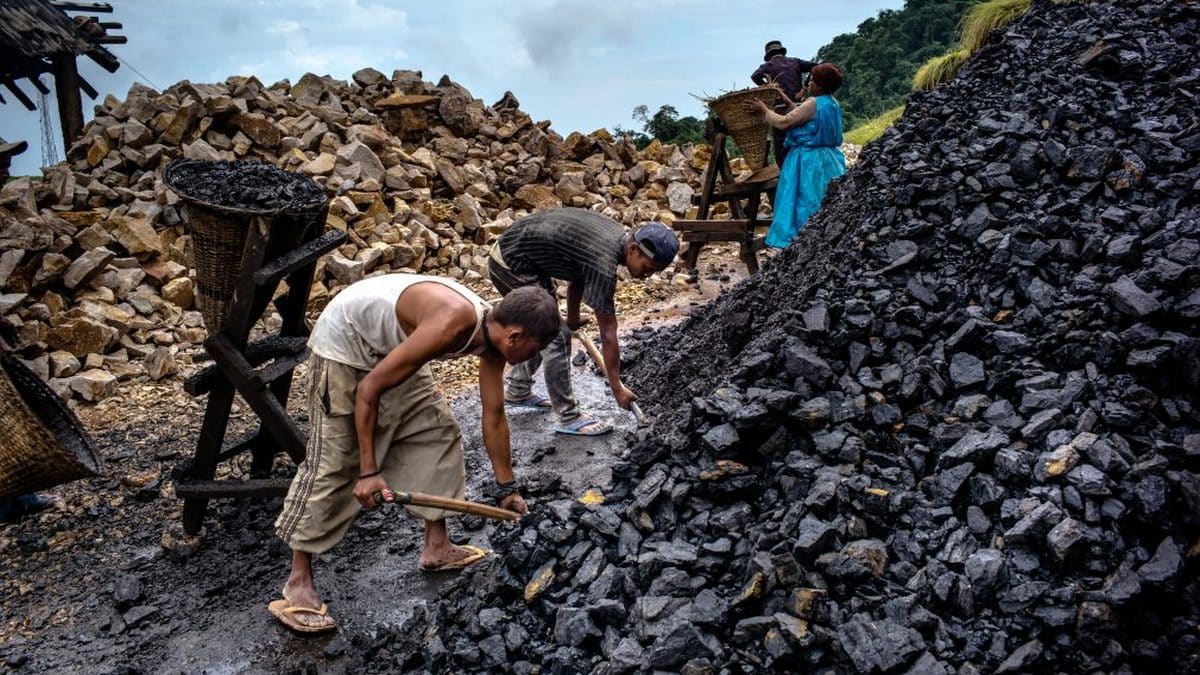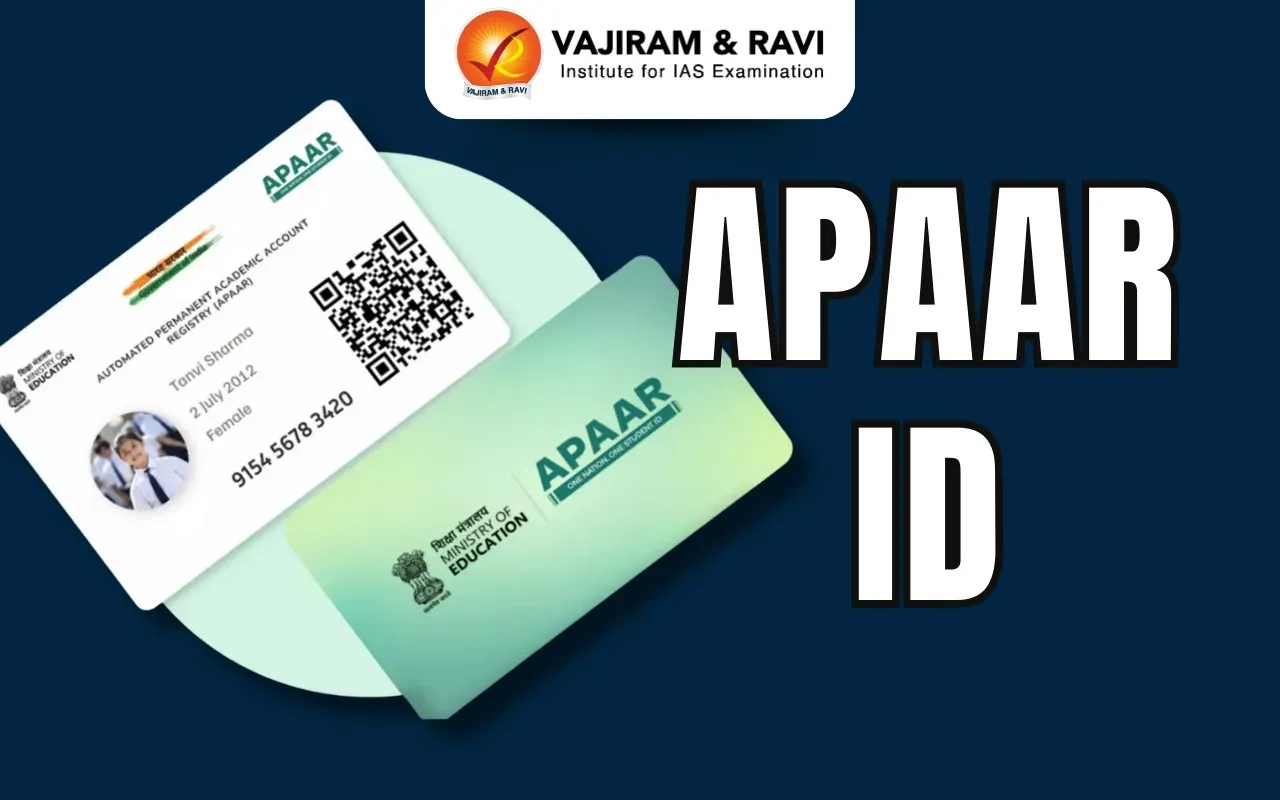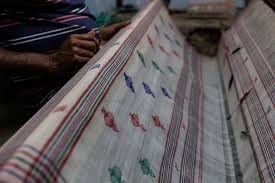About District Mineral Foundation (DMF)
- DMF is a trust set up as a non-profit body under the Mines and Minerals (Development and Regulation) (MMDR) Amendment Act 2015.
- Purpose: To work in the interest and benefits of persons and areas affected by mining-related operations in a manner as may be prescribed by the respective State Government.
- Funding: It is funded through the contributions from the holders of major or minor mineral concessions in the district, as may be prescribed by the Central or State Government.
- Jurisdiction:
- The operation of DMFs falls under the jurisdiction of the relevant State Government.
- The composition and functions of the District Mineral Foundation shall be such as may be prescribed by the State Government.
- The fund for DMF is collected at the district level.
Key Facts about Pradhan Mantri Khanij Kshetra Kalyan Yojana (PMKKKY)
- The Ministry of Mines launched PMKKKY in 2015 for the welfare of areas and people affected by mining-related operations, using the funds generated by DMFs.
- Objectives:
- to implement various developmental and welfare projects in mining-affected areas, complementing the existing ongoing schemes of the State and Central Government;
- to minimize/mitigate the adverse impacts, during and after mining, on the environment, health, and socio-economics of people in mining districts; and
- to ensure long-term sustainable livelihoods for the affected people in mining areas.
- Implementation:
- It will be implemented by the DMFs of the respective districts using the funds accruing to the DMF. The MMDR Amendment Act, 2015, mandated the setting up of DMFs in all districts in the country affected by mining related operations.
- The Central Government has notified the rates of contribution payable by miners to the DMFs.
- In case of all mining leases executed before 12th January, 2015 miners will have to contribute an amount equal to 30% of the royalty payable by them to the DMFs. If mining leases are granted after 12.01.2015, the rate of contribution would be 10% of the royalty payable.
- Utilisation of Funds:
- At least 60% of PMKKKY funds to be utilized for High priority areas such as Drinking water supply, Health care, Education, Environment preservation etc.
- Up to 40% of the PMKKKY to be utilized for other priority areas such as- Physical infrastructure, Irrigation, Energy and Watershed Development etc.
Q1) What is rat-hole mining?
It is a method of extracting coal from narrow, horizontal seams, prevalent in Meghalaya. The term “rat hole” refers to the narrow pits dug into the ground, typically just large enough for one person to descend and extract coal. Once the pits are dug, miners descend using ropes or bamboo ladders to reach the coal seams. The coal is then manually extracted using primitive tools such as pickaxes, shovels, and baskets.
Source: DMF set up in 644 districts for welfare of mining-affected people: Pralhad Joshi
Last updated on December, 2025
→ Check out the latest UPSC Syllabus 2026 here.
→ Join Vajiram & Ravi’s Interview Guidance Programme for expert help to crack your final UPSC stage.
→ UPSC Mains Result 2025 is now out.
→ UPSC Notification 2026 is scheduled to be released on January 14, 2026.
→ UPSC Calendar 2026 is released on 15th May, 2025.
→ The UPSC Vacancy 2025 were released 1129, out of which 979 were for UPSC CSE and remaining 150 are for UPSC IFoS.
→ UPSC Prelims 2026 will be conducted on 24th May, 2026 & UPSC Mains 2026 will be conducted on 21st August 2026.
→ The UPSC Selection Process is of 3 stages-Prelims, Mains and Interview.
→ UPSC Result 2024 is released with latest UPSC Marksheet 2024. Check Now!
→ UPSC Prelims Result 2025 is out now for the CSE held on 25 May 2025.
→ UPSC Toppers List 2024 is released now. Shakti Dubey is UPSC AIR 1 2024 Topper.
→ UPSC Prelims Question Paper 2025 and Unofficial Prelims Answer Key 2025 are available now.
→ UPSC Mains Question Paper 2025 is out for Essay, GS 1, 2, 3 & GS 4.
→ UPSC Mains Indian Language Question Paper 2025 is now out.
→ UPSC Mains Optional Question Paper 2025 is now out.
→ Also check Best IAS Coaching in Delhi

















